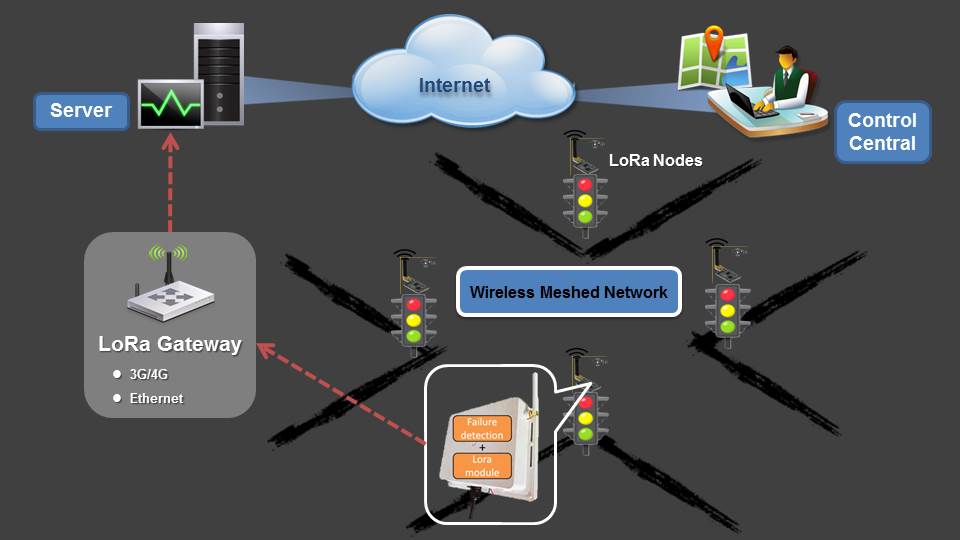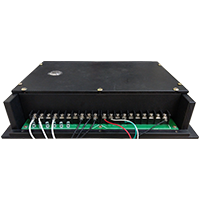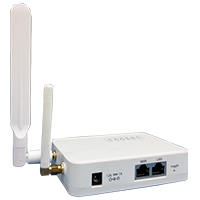TRAFFIC SIGNALS FAULT DETECTION SYSTEM
FEATURES:
Remote monitoring: intelligent network tech
Traffic signals map (GIS): Google Map, cloud-based services
Services modularization: regional integration remote services
Abnormal alerts: abnormal traffic signals detection
Historical data analysis: lighting information and abnormal records
Detectable faults
- The controller has tripped, or a power outage.
- The individual lights (one light, one line) has no output (power off).
- The red, amber, green lights or green arrow of the traffic signals are not lit (no output).
- The count down timer stays at 88.
- The count down timer does not display (except manual operating mode).
- Green man or red man of pedestrian signals are not lit (no output).
- The count-down pedestrian signal dose not display (except manual operating mode).





